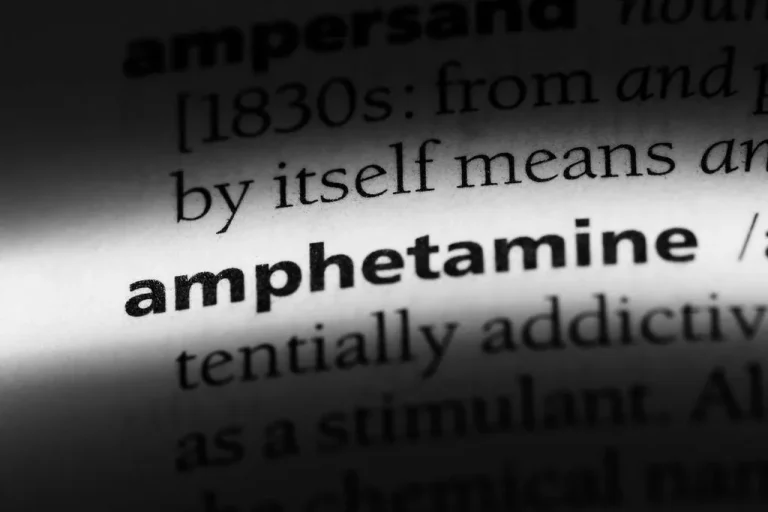Cognitive Behavioral Therapy CBT for Addiction & Substance Abuse

Sixty years ago, psychiatrist Aaron Beck transformed our understanding of mental illness. For years, depression had been seen as an illness of feeling, an immovable sadness. Depressed patients often drew sweepingly bleak conclusions based on little evidence, which Beck called “cognitive distortions.” Patients then acted on these thoughts in ways that worsened their problems. Someone who is sure his friends hate him might decline an invitation to a party, thus deepening his isolation. The sad irony is that even when our pessimism is misplaced, it creates cycles of silence and misunderstanding that worsen division.
Who can benefit from CBT?
- Behavioral therapy helps to identify this pattern and find ways to become more active again.
- But the best way to determine if CBT is a good fit is on a case-by-case basis.
- Research indicates that mindfulness-based approaches integrated with CBT can significantly lower the likelihood of depression relapse.
- It is a combination of two therapeutic approaches, known as cognitive therapy and behavioral therapy.
Tools such as the Fact Checking Thoughts Worksheet can help individuals realize that their thoughts are not objective truths. Additionally, writing positive self-statements can counteract negative thoughts, promoting a healthier mindset. However, several recent studies have been done on actual clinical subjects and have also found https://ecosoberhouse.com/ that rational emotive behavior therapy (REBT) is often helpful (Lyons & Woods 1991). The cognitive therapist teaches clients how to identify distorted cognitions through a process of evaluation. They learn the influence that cognition has on their feelings, and they are taught to recognize, observe, and monitor their own thoughts.
Get the latest in health news delivered to your inbox!

Individuals’ perceptions are often distorted and unhelpful, particularly when they are distressed. Cognitive Behavior Therapy helps people identify their distressing thoughts and evaluate how realistic the thoughts are. The emphasis is also consistently on solving problems and initiating behavioral changes.

Core concepts of CBT
In the 1960s, psychiatrist Aaron Beck realized that the people he helped with depression often showed specific thinking patterns that didn’t serve them. When you change the way you feel about specific situations, for example, it will likely be easier to adapt your behaviors in the future. Basically, CBT works by identifying, tackling, and changing unhelpful thinking so that your mindset, behaviors, and overall well-being improve with practice. If you don’t feel better after a few sessions, you might worry therapy isn’t working, but give it time. In general, seeing a therapist you can communicate and work well with will help you get the most out of your therapy sessions. If something doesn’t feel right about one therapist, it’s perfectly OK to see someone else.
About Cognitive Behavior Therapy
The agenda of what will be talked about in the session is set up collaboratively, and the homework the patient had to do between the sessions is reviewed before plunging into talking about any problem. cognitive behavioral therapy Issues on the agenda are talked about punctuated with feedback and summaries. An individual’s immediate, unpremeditated interpretations of events are referred to as automatic thoughts.
How to find a CBT therapist
The cognitive triangle is a tool used in CBT to demonstrate the interplay between thoughts, feelings, and behaviors. CBT is based on the idea that how we think (cognition), how we feel (emotion) and how we act (behavior) all interact together. You can then talk about them with your therapist and work on finding ways to manage them. However, these cognitive distortions are irrational thought patterns that distort our perceptions of reality. The main theory behind CBT is that your thoughts, feelings, and behavior all impact each other.
Practicing New Skills
You can then move forward and engage in activities that matter, without allowing your thoughts to control you. CBT aims to identify harmful thoughts, assess whether they are an accurate depiction of reality, and, if they are not, employ strategies to challenge and overcome them. Also be prepared to answer questions about what brought you to therapy, your symptoms, and your history—including your childhood, education, career, relationships (family, romantic, friends), and current living situation.
CBT is an effective and lasting treatment for anxiety disorders, research shows. CBT provides the tools to alter the thoughts and behaviors that exacerbate anxiety. For example, someone with social anxiety might think, “I feel so awkward at parties. Everyone must think I’m a loser.” This thought may lead to feelings of sadness, shame, and fear, when then lead to behaviors like isolation and avoidance.
What are the benefits of CBT?
It may also include helping you set SMART goals (specific, measurable, attainable, relevant, and time-based), with a focus on the process as much as the end outcome. Cognitive behavioral therapy may be done one-on-one or in groups with family members or with people who have similar issues. Online resources are available that may make participating in CBT possible, especially if you live in an area with few local mental health resources. Most definitions revolve around criteria for PTSD with the addition of several other domains. While The APA may not recognize CPTSD, the WHO has recognized this syndrome in its 11th edition of the International Classification of Diseases (ICD-11).

CBT usually starts with one or two sessions focused on assessment, during which the therapist will help the client identify the symptoms or behavior patterns that are causing them the most problems and set goals for treatment. In subsequent sessions, the client will identify the negative or maladaptive thoughts they have about their current problems and determine whether or not these thoughts are realistic. If these thoughts are deemed unrealistic, the client will learn skills that help them challenge and ultimately change their thinking patterns so they are more accurate with respect to a given situation. Once the client’s perspective is more realistic, the therapist can help them determine an appropriate course of action. Today, cognitive behavioral therapy is one of the most well-studied forms of treatment.
